Roller Screed vs. Vibrating Screed: Which is Better
Concrete is one of the most widely used construction materials in the world, and its quality and durability depend largely on how well it is finished. Concrete finishing is the process of smoothing and leveling the surface of freshly poured concrete before it hardens. This is done by using various tools and techniques to remove excess water, air bubbles, and irregularities from the concrete mix, and to create a uniform and flat surface that meets the desired specifications.
There are many different methods and equipment for concrete finishing, but two of the most common and effective ones are roller screed and vibrating screed. Both of these methods use a long metal or wooden beam, called a screed, which is dragged or pushed along the surface of the concrete to level it. However, they differ in how they operate and what advantages and limitations they have. In this article, we will compare and contrast roller screed and vibrating screed, and discuss how to choose the best screeding method for your project.
concrete roller screed,start from $300
Contents
Roller Screed
Roller screed is a concrete finishing technique that uses a rotating cylindrical screed that is powered by a hydraulic or electric motor. The screed is attached to a frame that is supported by wheels or rollers, and it is moved along the concrete surface by either manual or remote control. The rotation of the screed creates a centrifugal force that pushes the concrete mix downwards and outwards, creating a smooth and level surface.
Advantages
Some of the advantages of roller screed are:
- Speed and efficiency: Roller screed can cover large areas of concrete in a short time, as it can move at a rate of up to 10 feet per minute. It also reduces the need for manual labor, as it can be operated by one or two workers.
- Suitability for large projects: Roller screed is ideal for finishing large and flat surfaces, such as highways, runways, parking lots, and warehouses. It can handle thick and stiff concrete mixes, and it can span gaps and joints without sagging or bending.
- Minimal manual effort required: Roller screed does not require much manual effort or skill to operate, as it does not need to be vibrated or tamped. It also does not require much finishing work, such as bull floating or edging, as it produces a smooth and consistent surface.
Limitations
Some of the limitations of roller screed are:
- Limited flexibility in handling irregular surfaces: Roller screed is not very flexible in handling curves, slopes, or corners, as it can only move in a straight line. It also cannot be used for thin or wet concrete mixes, as it may sink or float on the surface.
- Initial setup costs: Roller screed requires a significant initial investment, as it is a relatively expensive and complex equipment. It also requires a power source, such as a generator or a battery, to operate.
- Maintenance considerations: Roller screed requires regular maintenance and cleaning, as it may get clogged or damaged by concrete debris or corrosion. It also needs to be calibrated and adjusted frequently, as it may lose its alignment or balance over time.
Vibrating Screed
Vibrating screed is a concrete finishing technique that uses a vibrating screed that is powered by a gas or electric motor. The screed is attached to a frame that is supported by handles or poles, and it is moved along the concrete surface by manual or remote control. The vibration of the screed creates a high-frequency motion that compacts and consolidates the concrete mix, creating a smooth and level surface.
Advantages
Some of the advantages of vibrating screed are:
- Versatility in handling different types of surfaces: Vibrating screed is very versatile in handling curves, slopes, and corners, as it can move in any direction. It can also be used for thin and wet concrete mixes, as it can adjust its vibration frequency and amplitude to suit the concrete consistency.
- Better control over concrete consolidation: Vibrating screed can improve the strength and durability of the concrete, as it can remove excess water and air bubbles from the concrete mix. It can also create a denser and more uniform surface, reducing the risk of cracking or shrinking.
- Can be used for both small and large projects: Vibrating screed can be used for finishing both small and large surfaces, as it can be customized to different lengths and widths. It can also be used for different types of concrete mixes, such as self-leveling or fiber-reinforced concrete.
Limitations
- Some of the limitations of vibrating screed are:
- May require more manual effort: Vibrating screed may require more manual effort and skill to operate, as it needs to be vibrated and tamped along the surface. It also may require more finishing work, such as bull floating or edging, to smooth out any irregularities or marks left by the screed.
- Slower compared to roller screed for large areas: Vibrating screed may be slower than roller screed for covering large and flat surfaces, as it moves at a rate of up to 5 feet per minute. It also may consume more fuel or electricity, as it needs to maintain a high vibration frequency and intensity.
- Initial equipment cost and maintenance considerations: Vibrating screed also requires a significant initial investment, as it is a relatively expensive and complex equipment. It also requires regular maintenance and cleaning, as it may get clogged or damaged by concrete debris or vibration. It also needs to be calibrated and adjusted frequently, as it may lose its alignment or balance over time.
How They Compare
Both roller screed and vibrating screed have their own strengths and weaknesses, and they can perform differently depending on various factors, such as:
Performance factors
Roller screed may have an edge over vibrating screed in terms of speed of operation, as it can cover larger areas faster. However, vibrating screed may have an edge over roller screed in terms of leveling accuracy and versatility, as it can handle different types of surfaces and concrete mixes well.
Project suitability
Roller screed may be more suitable for large and flat projects, such as highways, runways, parking lots, and warehouses, as it can handle thick and stiff concrete mixes and span gaps and joints. However, vibrating screed may be more suitable for small and irregular projects, such as sidewalks, driveways, patios, and pool decks, as it can handle thin and wet concrete mixes and adjust to curves, slopes, and corners.
Ease of use
Roller screed may be easier to use than vibrating screed, as it requires less manual effort and skill to operate. However, vibrating screed may offer more control over the concrete consolidation and leveling, as it can adjust its vibration frequency and amplitude to suit the concrete consistency.
Cost considerations
Both roller screed and vibrating screed require a significant initial investment, as they are relatively expensive and complex equipment. They also require regular maintenance and cleaning, as they may get clogged or damaged by concrete debris or corrosion. However, roller screed may have lower operating costs than vibrating screed, as it consumes less fuel or electricity and requires less finishing work.
Conclusions
Roller screed and vibrating screed are two of the most common and effective methods for concrete finishing, and they can produce smooth and level concrete surfaces that meet the desired specifications. However, they have different advantages and limitations, and they can perform differently depending on various factors, such as performance, project suitability, ease of use, and cost. Therefore, it is important to consider these factors and choose the best screeding method for your project based on your project requirements and preferences.
Concrete finishing is a dynamic and evolving field, and new technologies and techniques are constantly being developed and improved. Some of the future trends in concrete finishing technology include: Laser-guided screeds, Self-leveling screeds, Robotic screeds.
rolling concrete screed,start from $300
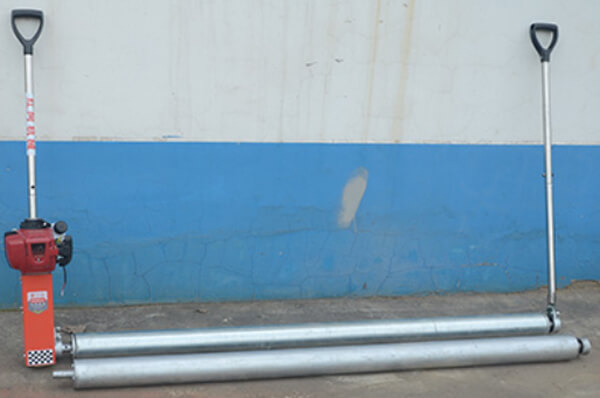
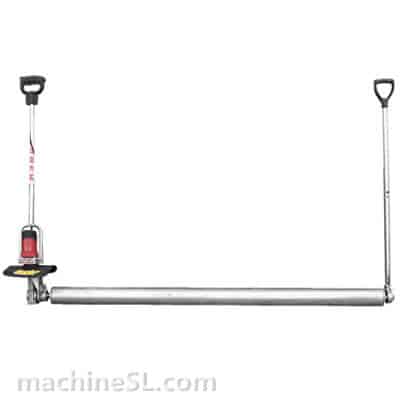
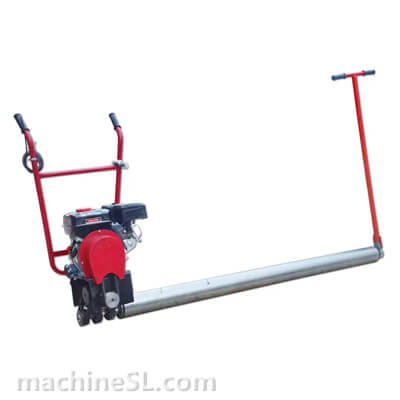
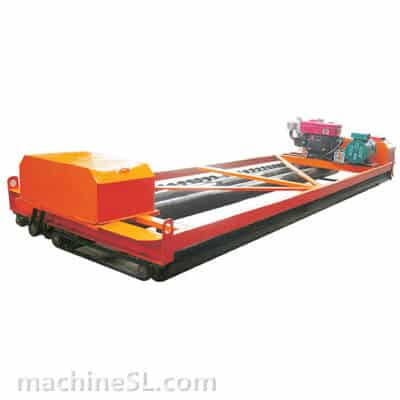
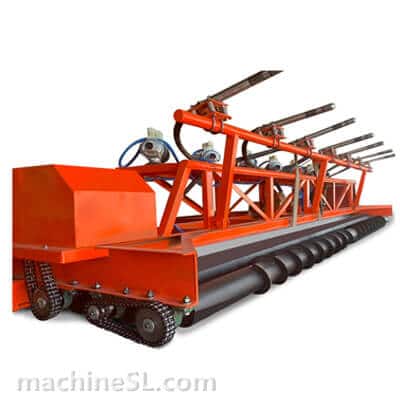
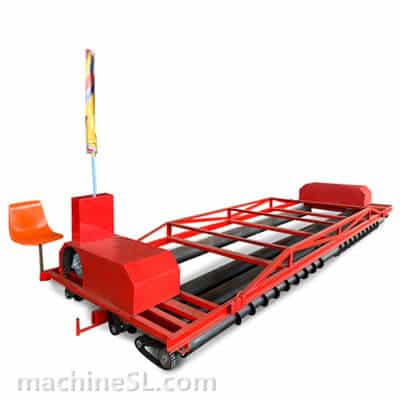
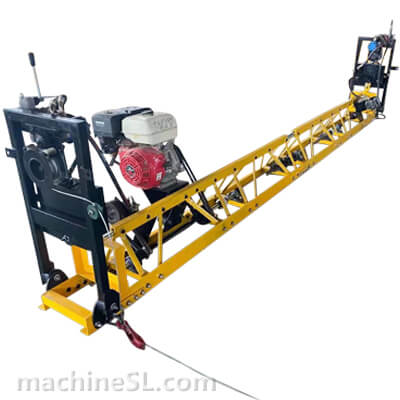
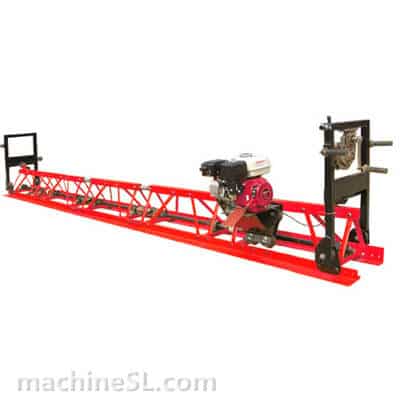
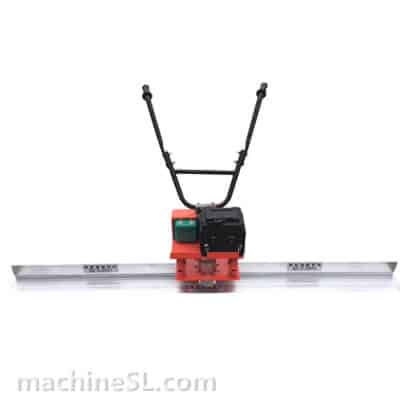
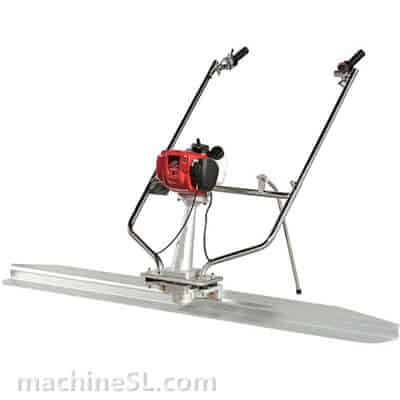
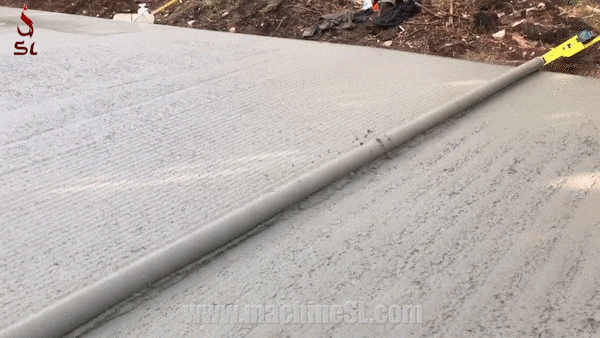
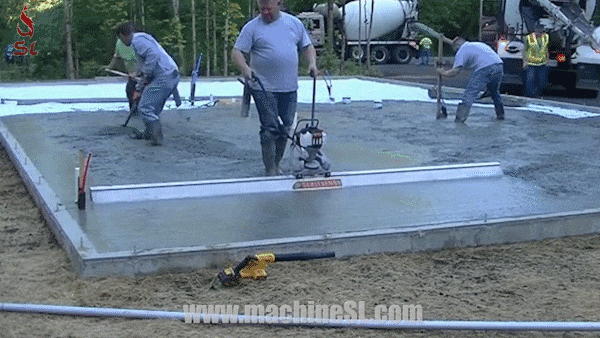
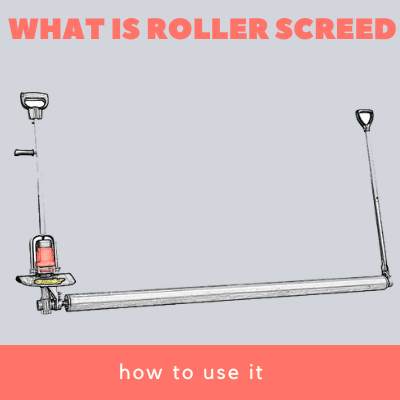
Leave A Comment